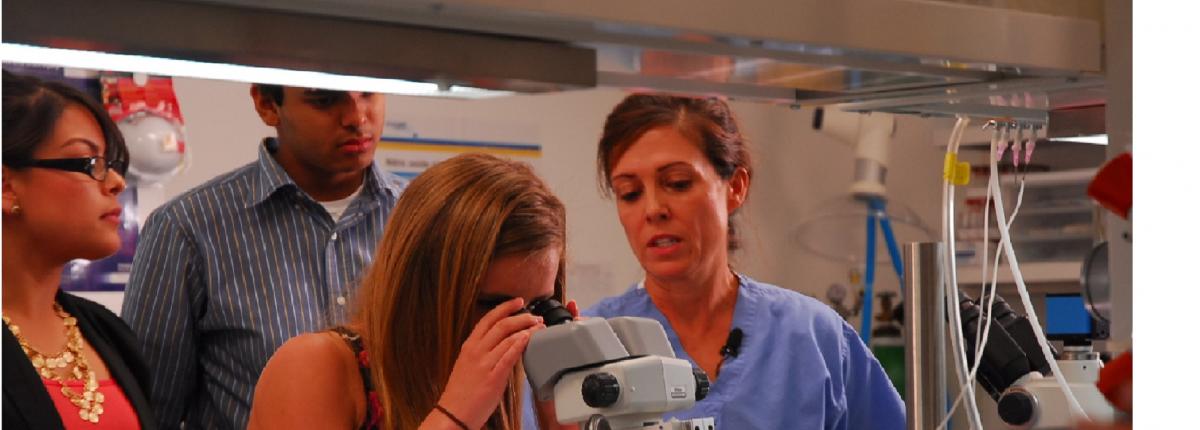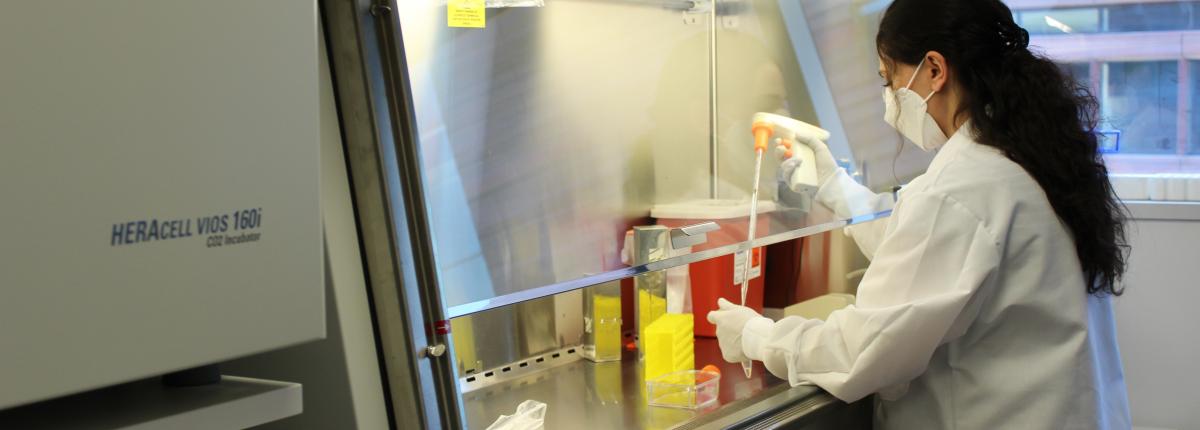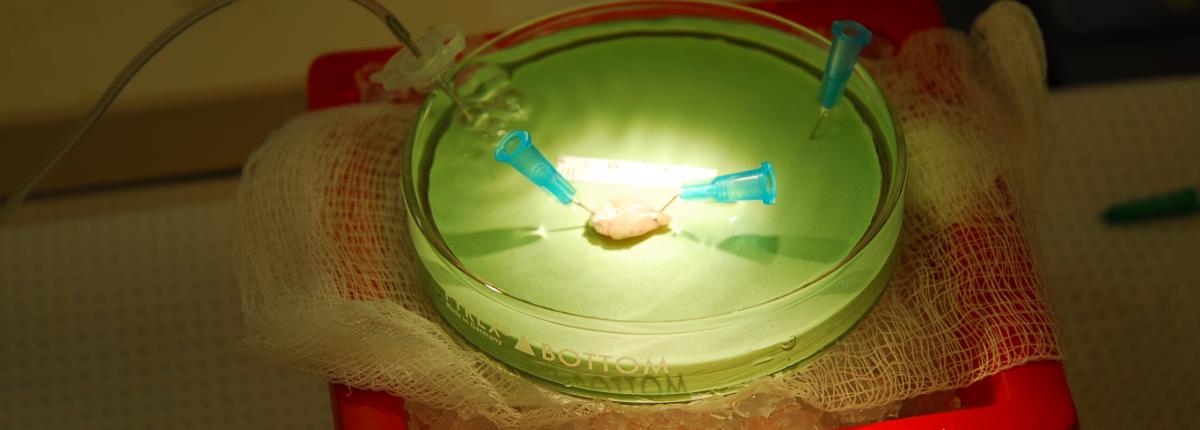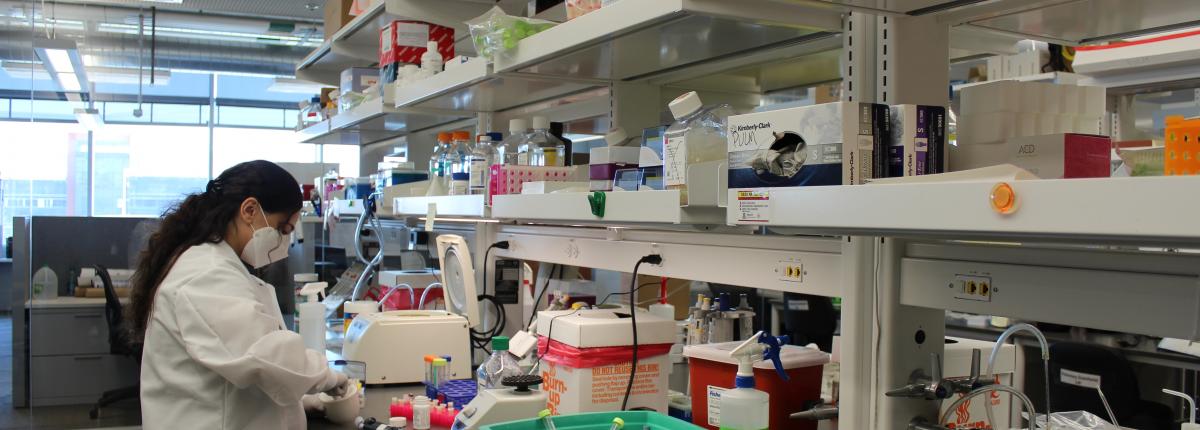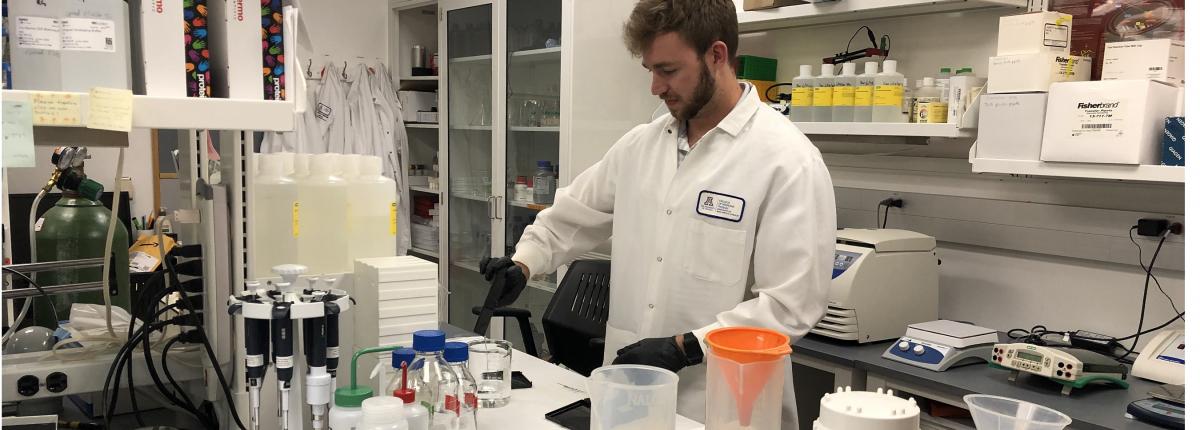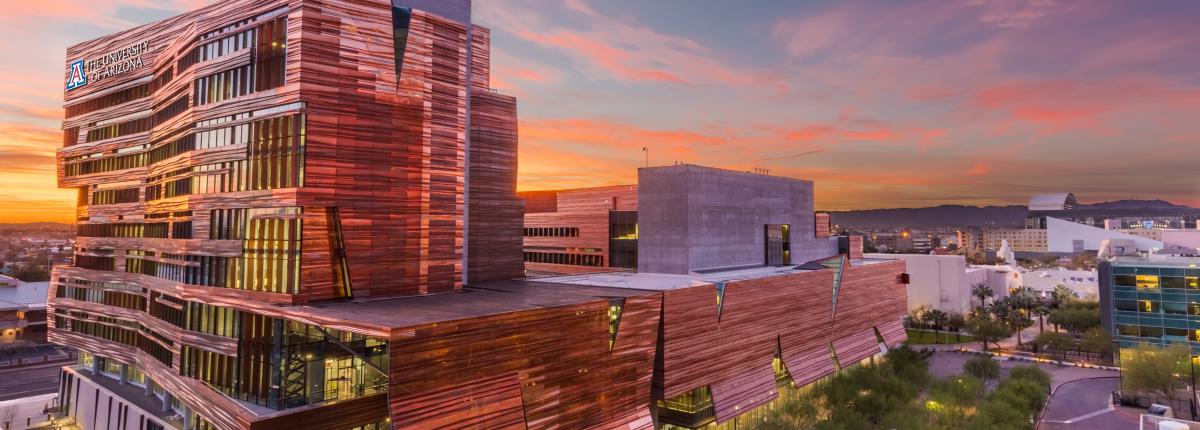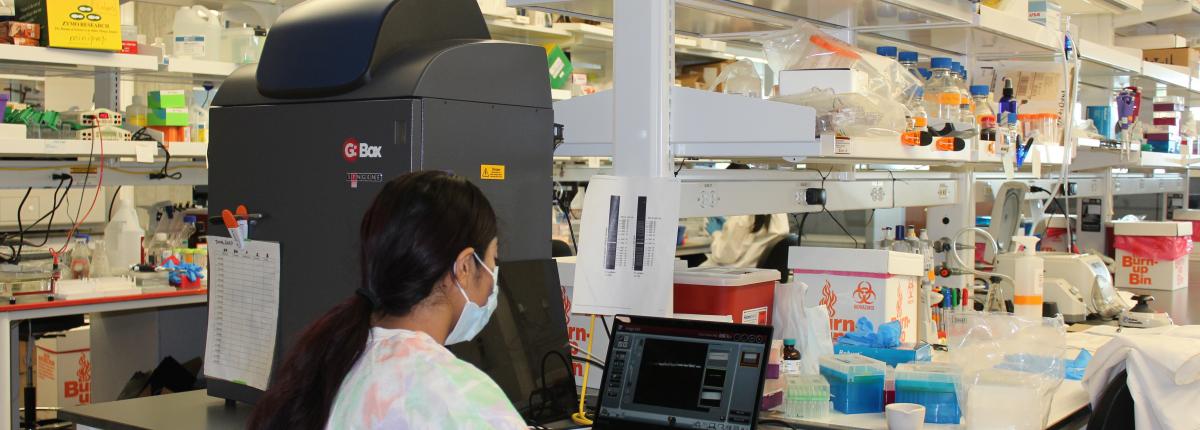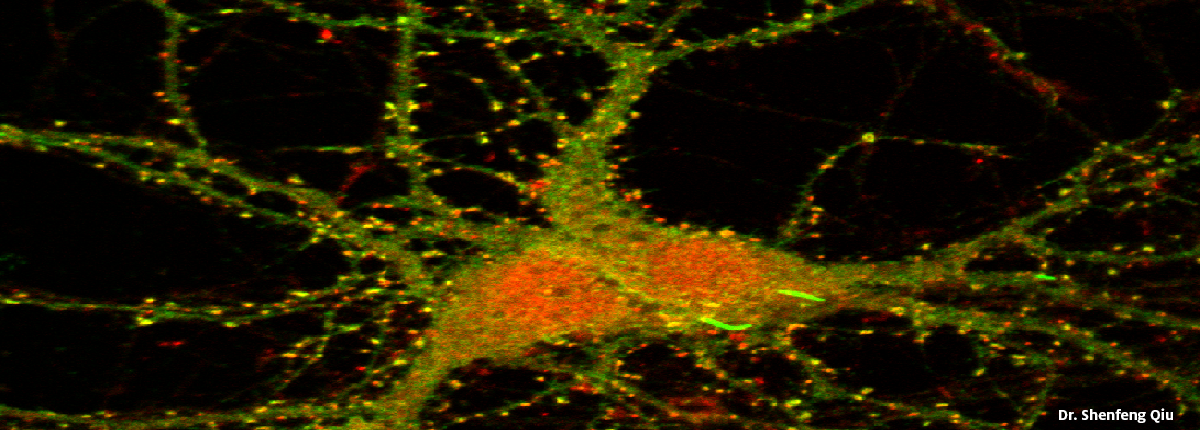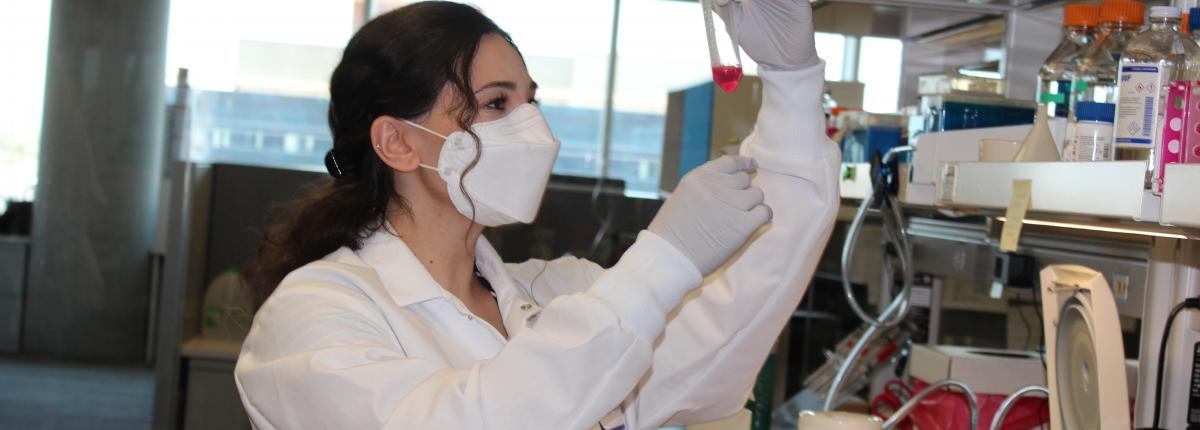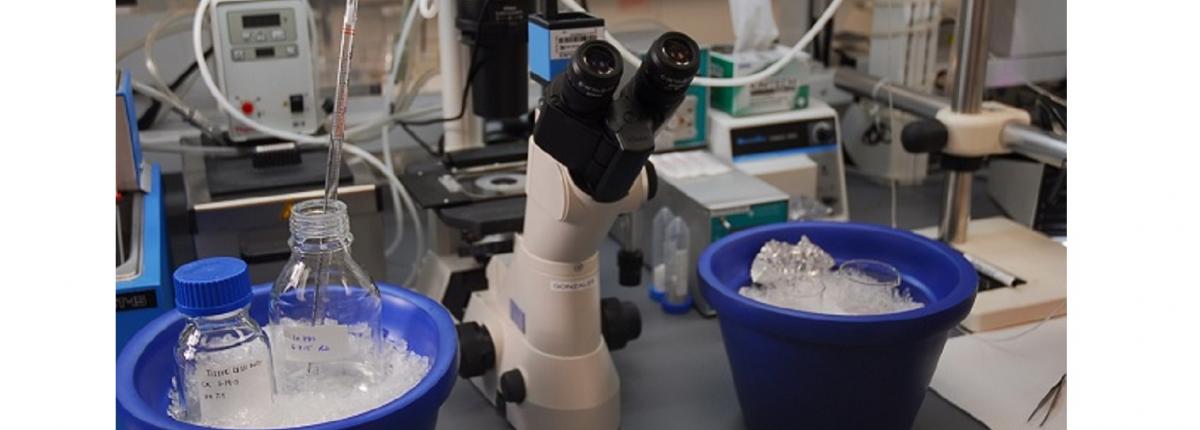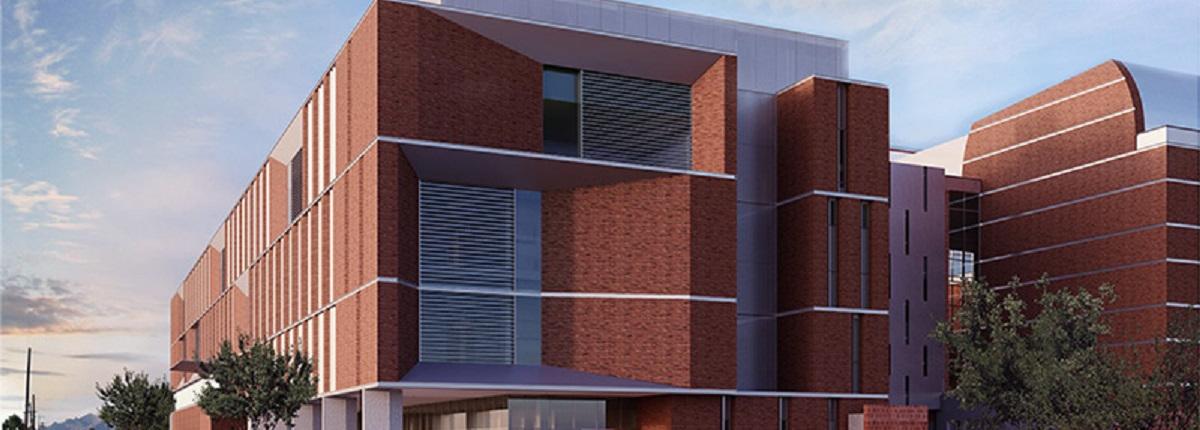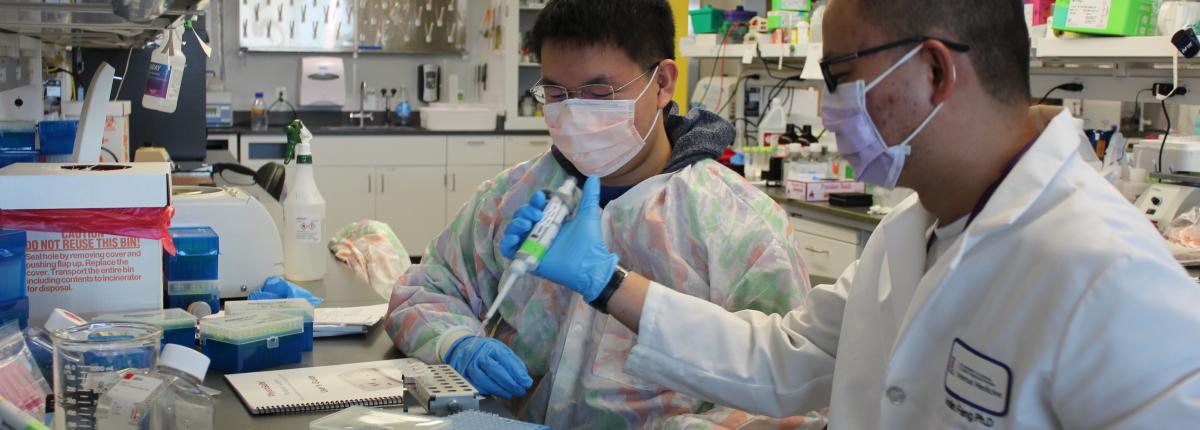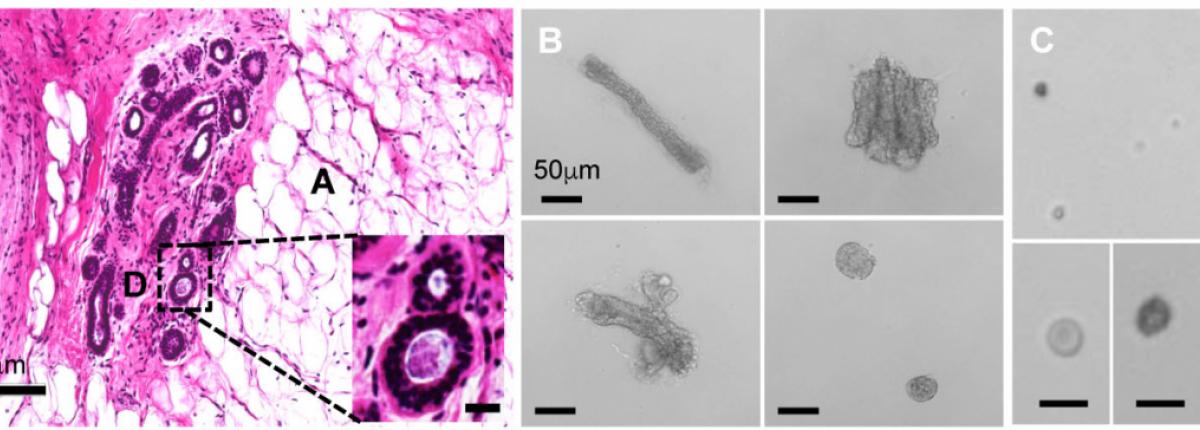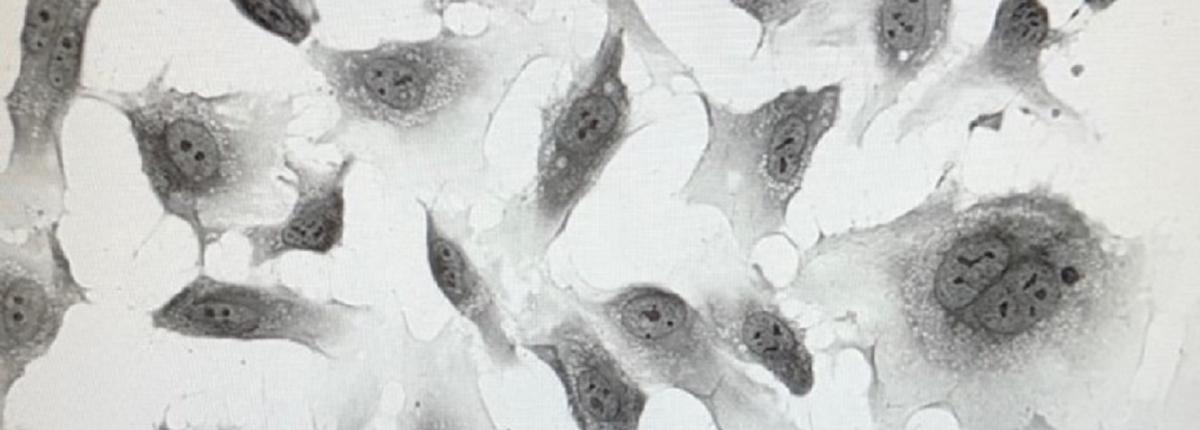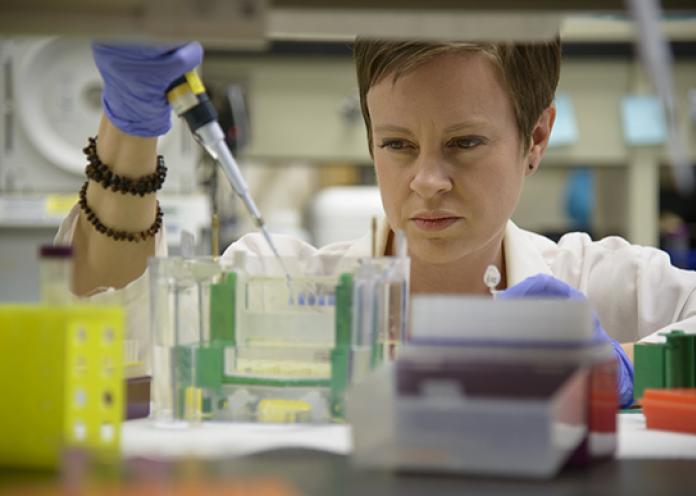Clinical Translational Sciences at the University of Arizona
The Clinical Translational Sciences (CTS) Graduate Program at the University of Arizona (UA) is designed to provide a strong foundation in clinical translational sciences, either for post-baccalaureate students having completed bachelor’s or master’s degrees, or for postgraduate students already granted a terminal degree in a health science-related field (e.g., M.D., Pharm.D., Dr.P.H., D.N.P., etc.).
The University of Arizona offers three graduate degree programs in CTS:
-
M.S. in Clinical Translational Sciences offered in Tucson and Phoenix (including the new Clinical Research track).
-
Ph.D. in Clinical Translational Sciences offered in Tucson and Phoenix.
-
M.D. /Ph.D. in Clinical Translational Sciences offered by the College of Medicine – Tucson and the College of Medicine – Phoenix.


